ENT Diagnostic Set
An ENT (Ear, Nose, and Throat) Diagnostic Set is a collection of medical instruments specifically designed for examining and diagnosing conditions related to the ear, nose, and throat. These sets are essential tools for otolaryngologists (ENT specialists) and are used in various healthcare settings, including clinics, hospitals, and private practices.
Common Uses:
- Examination and diagnosis of ear infections, hearing loss, and tinnitus.
- Assessment of nasal obstructions, sinusitis, and allergic rhinitis.
- Inspection and diagnosis of throat infections, vocal cord issues, and tonsillitis.
General ENT check-ups and routine screenings.
Description
ENT Diagnostic Set
An ENT (Ear, Nose, and Throat) Diagnostic Set is a collection of medical instruments specifically designed for examining and diagnosing conditions related to the ear, nose, and throat. These sets are essential tools for otolaryngologists (ENT specialists) and are used in various healthcare settings, including clinics, hospitals, and private practices.
Key Components of an ENT Diagnostic Set:
- Otoscope:
- Function: Used for examining the ear canal and eardrum.
- Components: Includes a light source, magnifying lens, and speculum (the part inserted into the ear).
- Nasoscope/Rhinoscope:
- Function: For inspecting the nasal passages and sinuses.
- Components: Often includes a light source and a speculum designed for nasal use.
- Laryngoscope:
- Function: Used for visualizing the larynx (voice box) and vocal cords.
- Components: Includes a handle with a light source and interchangeable blades of different sizes.
- Tuning Forks:
- Function: Used to assess hearing and vibratory sensation.
- Components: Typically includes tuning forks of different frequencies.
- Head Mirror or Headlight:
- Function: Provides additional illumination for examining the patient.
- Components: A head-mounted light or mirror reflecting an external light source.
- Tongue Depressor:
- Function: Used to hold down the tongue for better visualization of the throat.
- Components: Usually made of disposable wood or reusable metal.
- Specula:
- Function: Different sized attachments for the otoscope or nasoscope.
- Components: Various sizes to accommodate different patient needs.
- Nasal Speculum:
- Function: For widening the nostrils to view the nasal passages.
- Components: A hinged instrument with handles that allow for adjustable opening.
- Ear Curettes:
- Function: Used for cleaning and removing earwax or foreign bodies from the ear canal.
- Components: Various shapes and sizes for different uses.
- Suction Tips and Tubing:
- Function: For removing mucus and other obstructions.
- Components: Various tips that can be attached to a suction machine.
Benefits of an ENT Diagnostic Set:
- Comprehensive: Includes all necessary tools for a thorough examination of the ear, nose, and throat.
- Convenient: Consolidates multiple instruments into a single, portable set.
- Efficiency: Facilitates quick and accurate diagnosis, improving patient care.
- Versatility: Suitable for a wide range of diagnostic procedures.
Common Uses:
- Examination and diagnosis of ear infections, hearing loss, and tinnitus.
- Assessment of nasal obstructions, sinusitis, and allergic rhinitis.
- Inspection and diagnosis of throat infections, vocal cord issues, and tonsillitis.
General ENT check-ups and routine screenings.
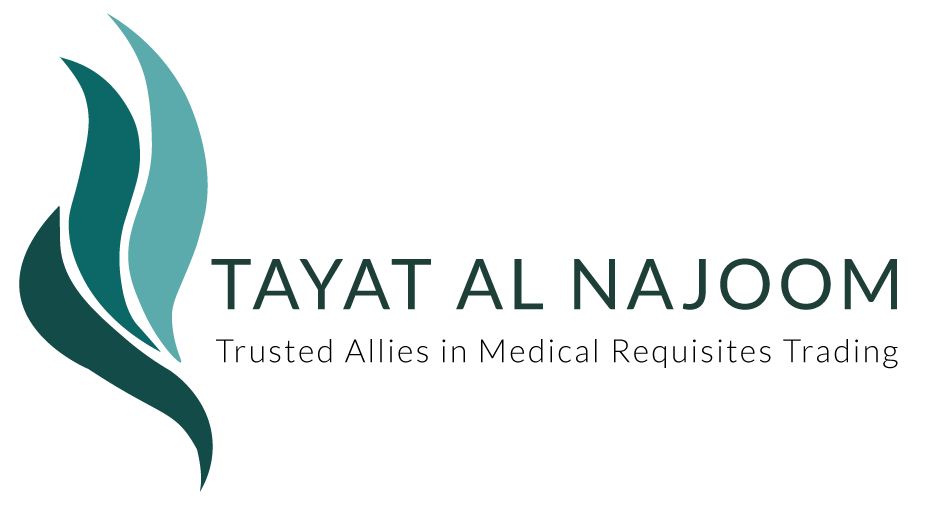
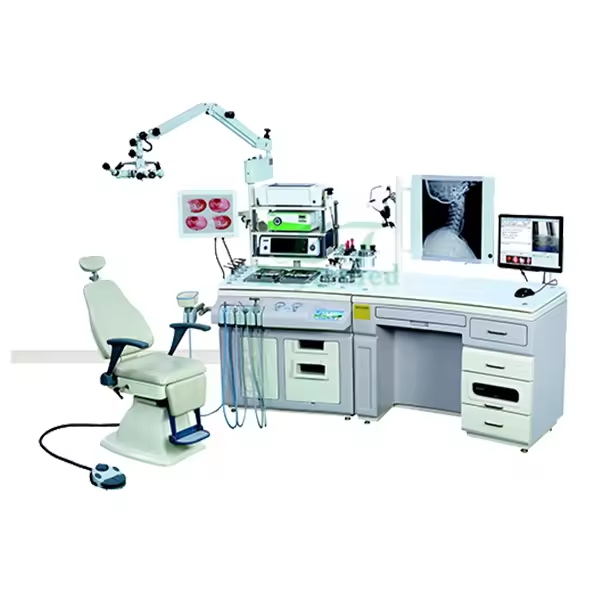
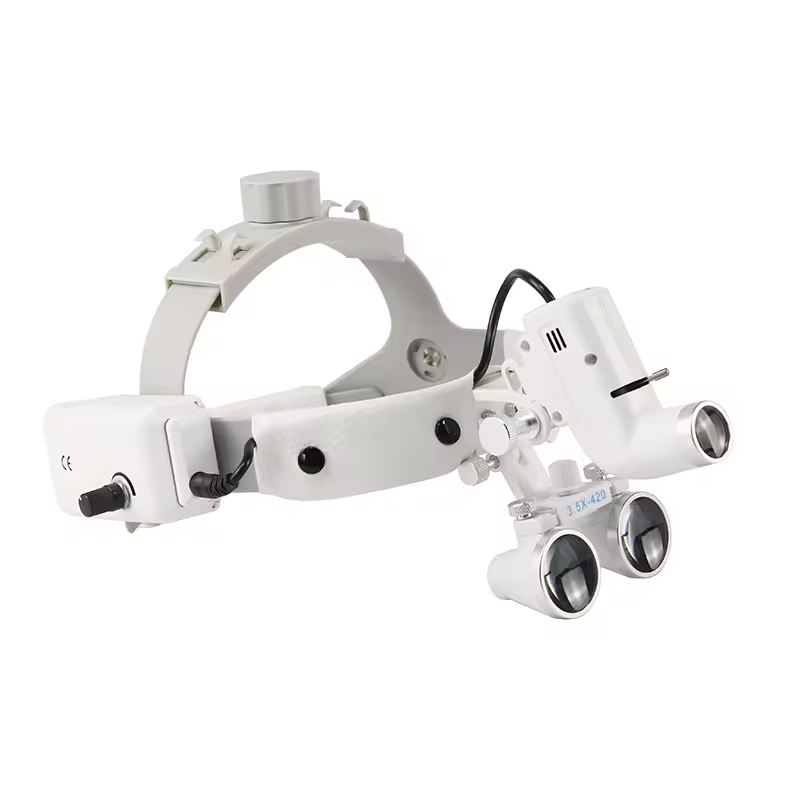
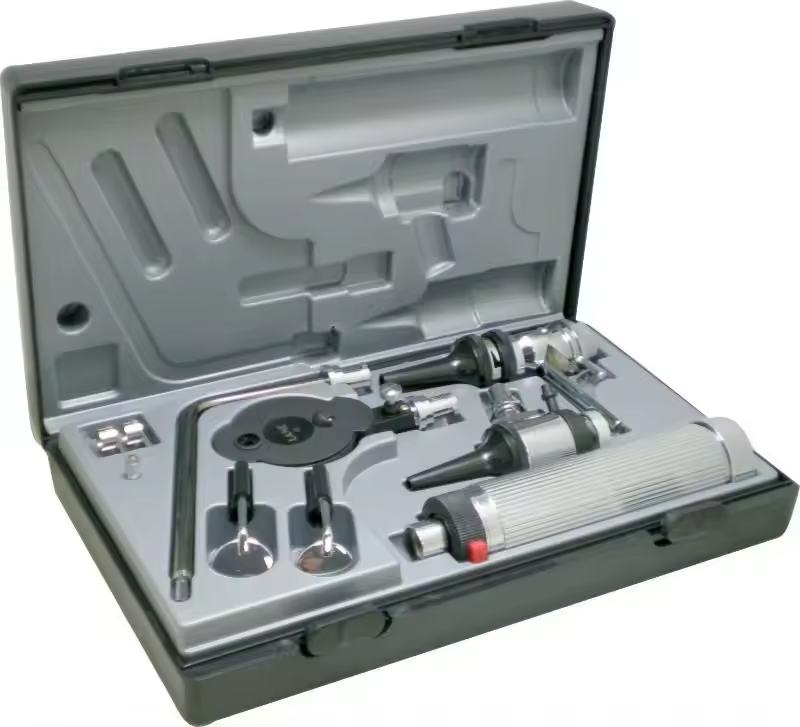
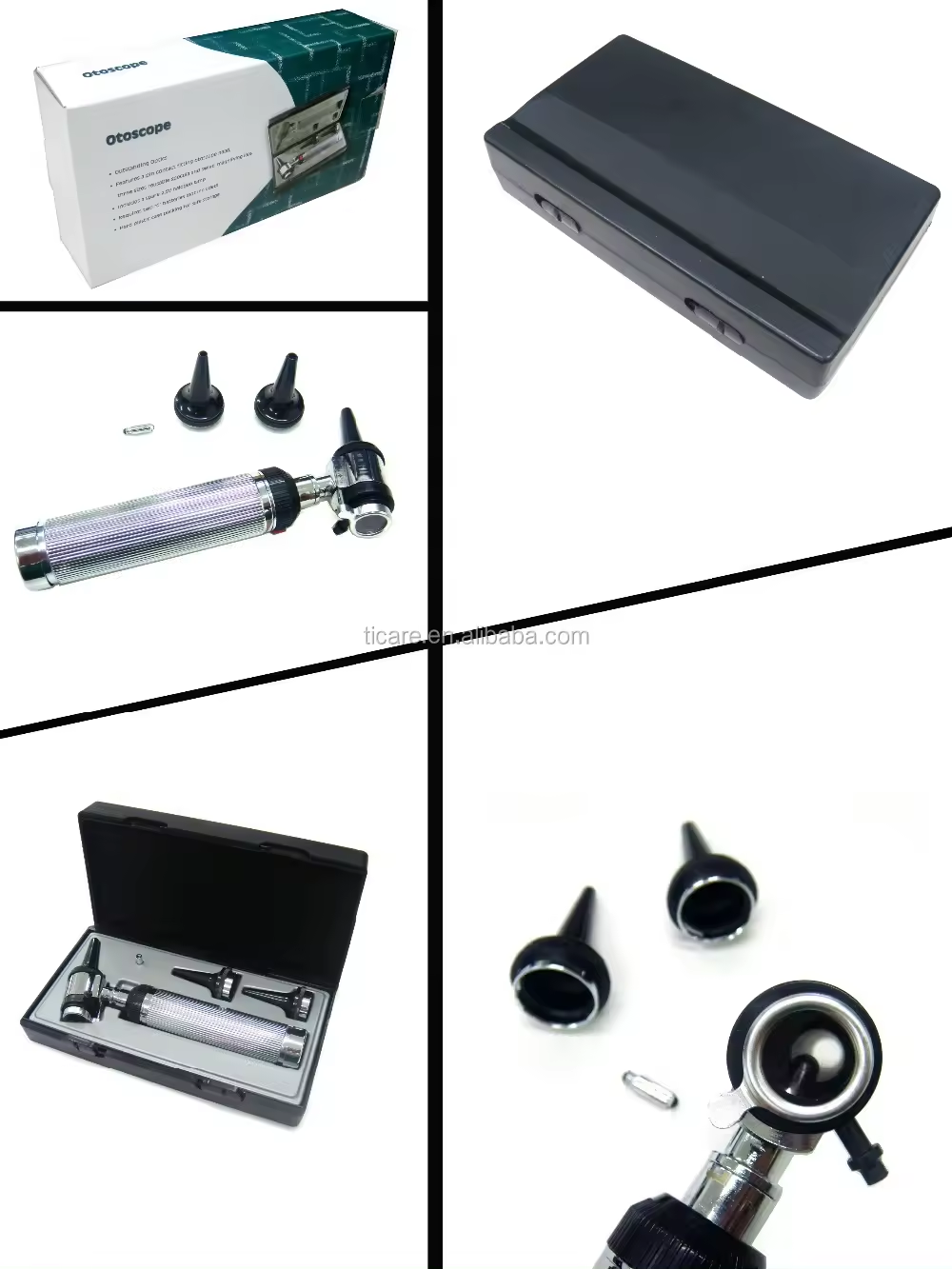
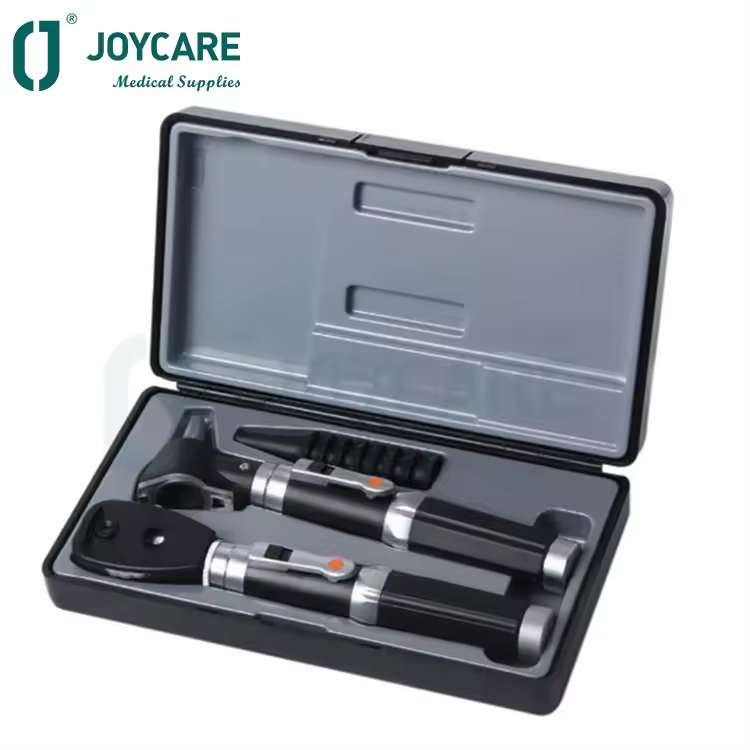
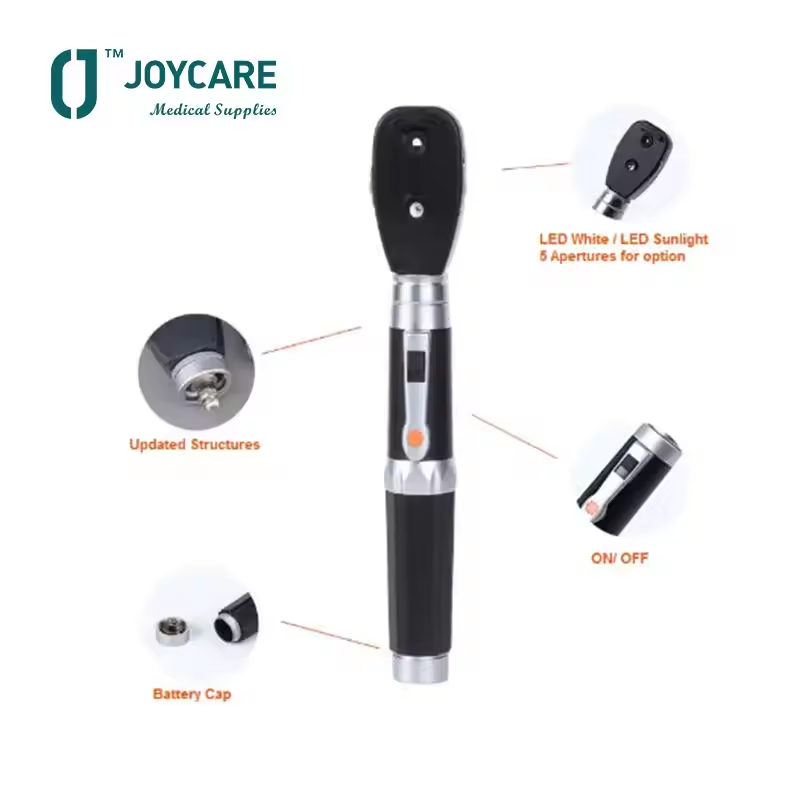






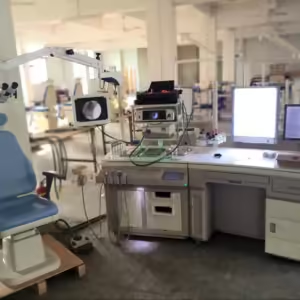


































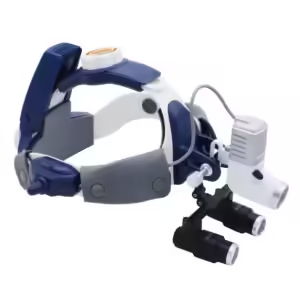
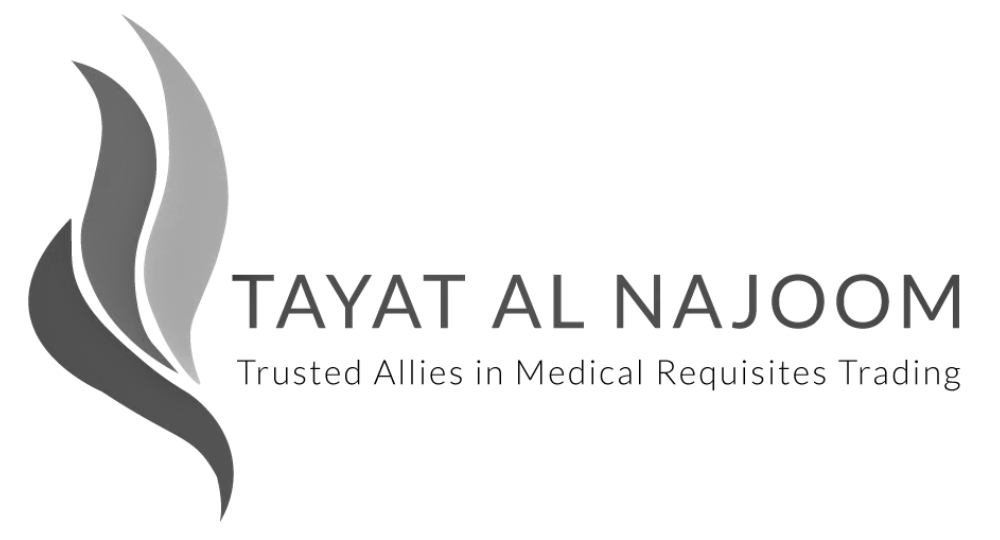
Reviews
There are no reviews yet.